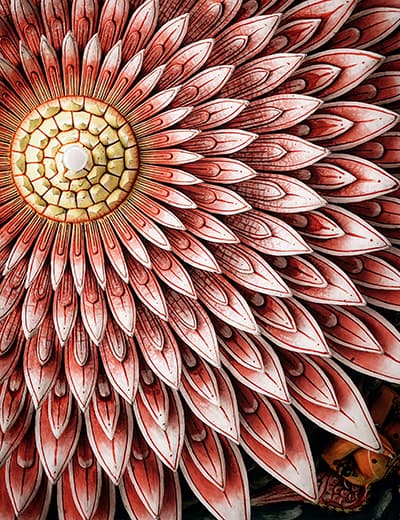
NARRATIVES
THE JASMINE LADY OF MADURAI
BY THE INDIAN TRAVEL CRAFTSMAN
South India
The jasmine, called Mallipoo in Tamil, is said to have risen to significance when the legendary king Paari spotted it during one of his hunting trips. So says a legend from one of the earliest Tamil poems of the Sangam Era, between 300 BCE and 300 CE. Another legend goes that the King of Ayodhya, Parthan devoutly worshipped Lord Shiva in a forest full of jasmine vines. Several other legends and mythological stories surround the significance of jasmine in the ancient texts. These tales allude to the prominence of the flower in the history of Tamil culture, which at the time flourished around the city of Madurai. The matron of Madurai, the Fish-eyed Goddess, Meenakshi, who is a manifestation Goddess Parvati, is adorned with mallipoo every night, in a ceremony that prepares her for her time with her husband, Lord Shiva. A commonly held belief is that the goddess’ love for the flower makes the unique variety of jasmine grown in and around Madurai, called Madurai Malligai, the most coveted one of all.
With a long lasting interest in perfumes, I had done some research and come across a wonderful lady, Dr. Uma Kannan. She is a reputed anthropologist and an expert on the Madurai Malligai. She undertook years of research and studied the social and cultural implications of the flower, its impact on the local economy and the special place it holds in the history of Madurai. I tried to get hold of her book, Madurai Malligai: Madurai and Jasmine, A Celebration, in which she details its history, its journey from the gardens to the markets and covers a whole range of subjects pertaining to the flower. But I couldn’t buy her book online, so I made up my mind to meet with her in person. The day I arrived in Madurai, my first stop wasn’t the abode of the Goddess but the abode of Dr. Kannan. I was armed with some basic knowledge of her book, reading reviews and other material available over the worldwide web.


The vivid picture she had painted of the Madurai malligai in my mind had captivated me to no end. I looked forward to the meeting with the enthusiasm of a little child who’s been promised a trip to Disneyland! Mr Siva, my Kamalan representative, had informed me that our appointment was at 11 am. Although we took a few minutes to find her place, we finally made it. Her house was a large edifice with a generously spread out garden. Even more welcoming was Dr. Kannan’s reception. Mr Siva and I eased our way into her hospitality and it wasn’t long before we struck a conversation. Speaking to her was intellectually liberating. Our whole interaction lasted for over two hours. It was from her that I heard the legend about King Pari and Parthan. She spoke to us about the flower gardens and their workers and I learned a great deal about the supply chain of the flower; its life from the branches to adorning the goddess, or the locks of a South Indian woman’s hair or perfumery. During the course of our conversation, she had mentioned that she hailed from Chettinad, a region known for its palatial mansions. It then made sense that her house reminded me of a glorious replica of a Chettinad mansion.

We headed to the only flower market in Madurai, the Mattuthavani Market and thus got a glimpse of the whole process which usually begins at around dawn every morning. The plucked flowers are brought by the farmers in large sacks and taken to the commissioning agents who fix the prices for the day. The prices vary and fluctuate a lot, depending on the weight of the produce of the day, the quality of the flowers, the day of the week, special events on the day etc. For instance, on Fridays, the day of special Pujas or prayers at the Meenakshi Temple, on festival days, the prices go up because the demand for them is high on those days.,
“Let this delicate blossom not toil on the rugged sylvan earth. Let its dainty buds wind their way up my glorious chariot and adorn it with their mesmerizing fragrance.”
- King Paari
The auctions and vending ultimately bring the flowers to their destinations – the temples, the baskets of the flower-sellers, the beautifully embellished locks of hair, the inconspicuous perfume manufacturers, horticulturists and scientists’ laboratories. After tracing jasminium sambac's silent journey, I made my way to the most celebrated citizen of Madurai, Meenakshi Amman, the goddess whose ‘fish-eyes’ watch everything. The magnificent temple dedicated to her never ceases to impress me. On this third journey to Madurai, the goddess and her abode did amaze me as before, but even had an added impact. Ending my trail of the jasmine by the visit to the temple during the night ceremony made it extra special.
I guess it is for this mythical jasmine lady of Madurai that I took this long journey to South India this time and I know somehow that I’ll be back again and again.



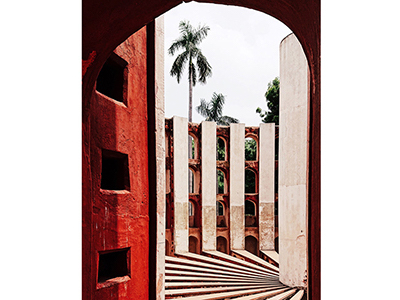
The Life in Architecture
What we build is influenced by and is a reflection of the times we live in. The roof that is built, the colour painted, the materials used...
Narrative • North India
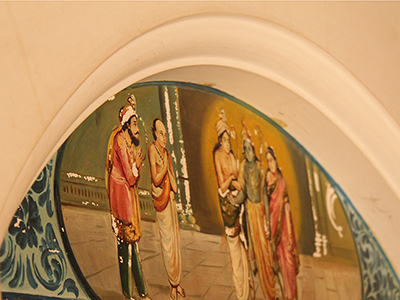
A Recovered Beauty
It was early morning when Lizzy and I left Madurai for a destination we both knew nothing about. Mrs. Meenakshi Meiyappan...
Narrative • South India
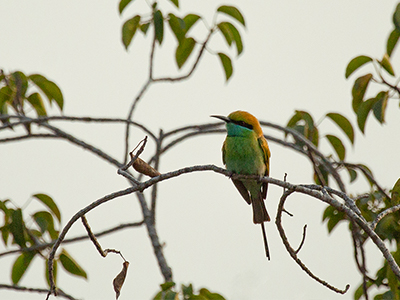
The Beckoning of the Untamed
This journey travels through the national parks and sanctuaries of North and West India, exploring indigenous wildlife species and migratory avifaunal species...
Bespoke Journey • West India
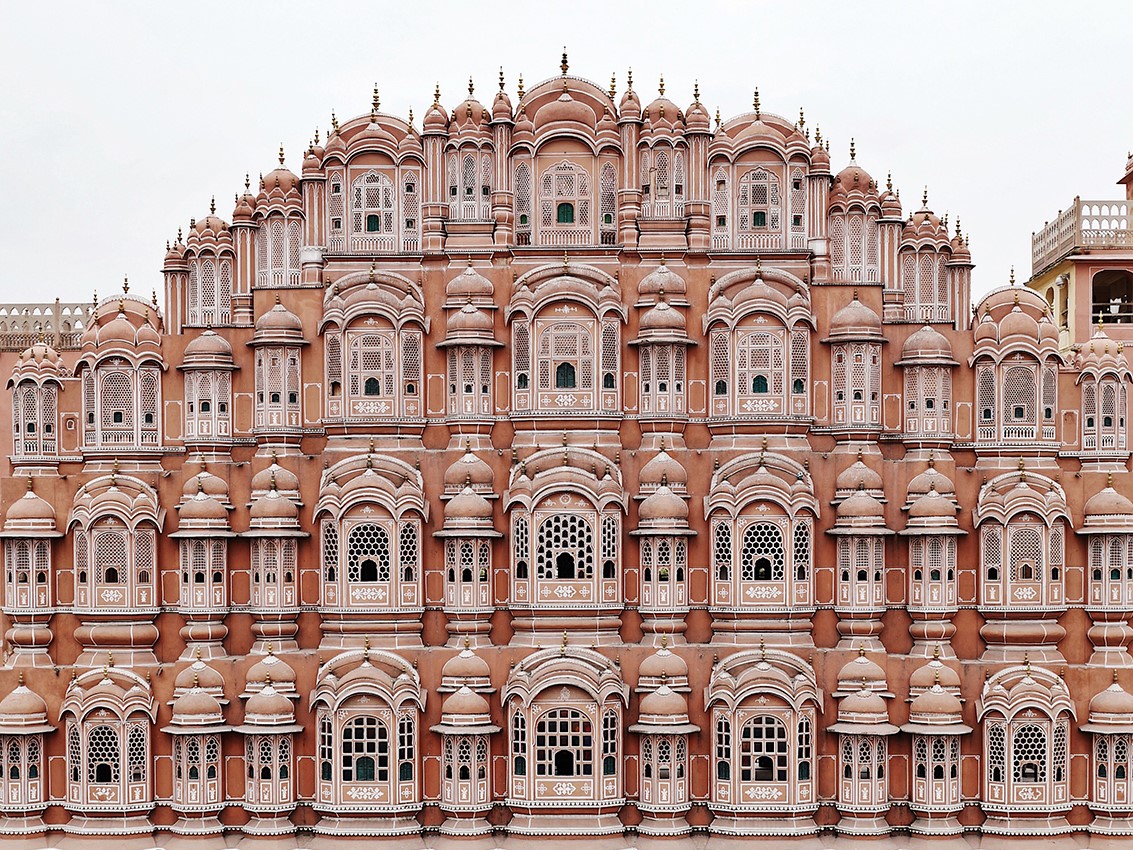
In the Land of Palaces and Kings
This journey explores the rich Rajput and Mughal heritage exemplified by the resplendent architecture of North India...
Bespoke Journey • North India
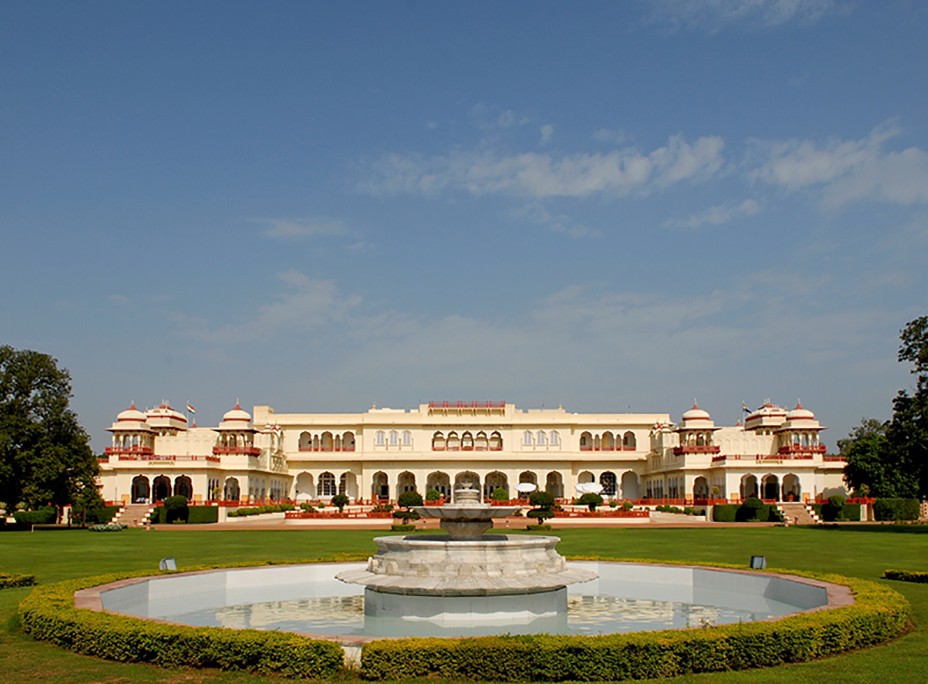
Taj Rambagh Palace
Hailed as the stunning ‘Jewel of Jaipur’, the Taj Rambagh is a palace of transitions. It was built...
Hotel Guide • North India
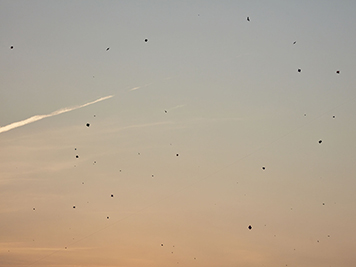
Seize the Place
Ahmedabad is white and yellow under winter’s sun, melting houses banally spread beyond her sight. Yet one more sprawling city...

